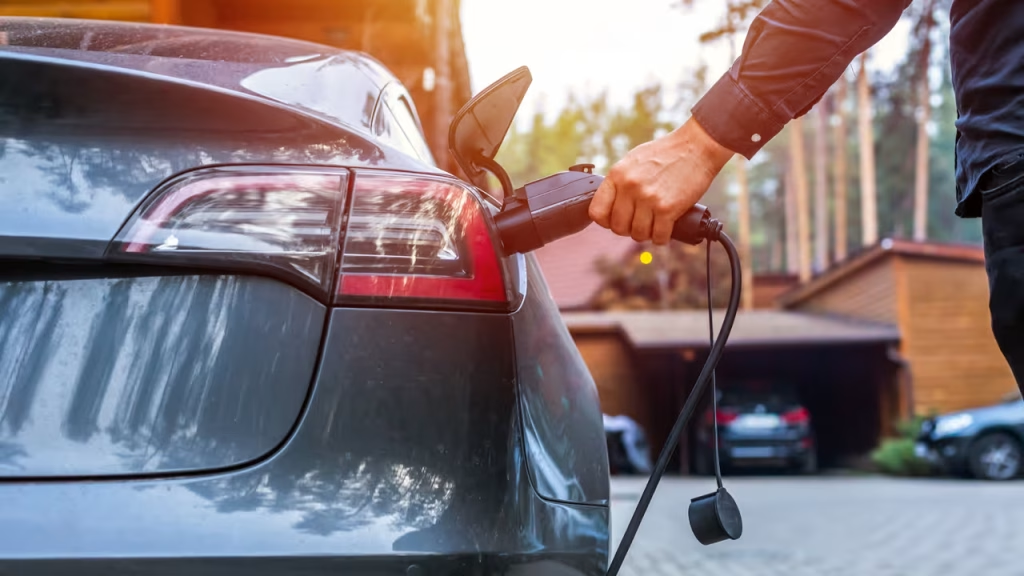the changing landscape of ev charging
It’s hard to ignore the buzz around electric vehicles (EVs) these days. They’re popping up everywhere, and with that comes the need for reliable EV charging options. But let’s be honest—what’s the real story behind charging our electric rides? It’s more than just plugging in and waiting. It’s about how we adapt our lives, our cities, and even our minds to this new era of transportation.
the types of ev chargers—what you need to know
Not all chargers are created equal, and understanding the differences can save you a lot of headaches. Here’s a quick rundown:
- Level 1: This is your basic charger. It’s like the tortoise in a race—slow and steady. Using a regular household outlet, it’s perfect for overnight charging at home but can take ages to deliver a full charge.
- Level 2: Now we’re talking. These chargers are found in public places and can give your EV a substantial boost in just a few hours. If you’re out and about, these are your go-to options.
- DC fast charging: The superhero of the charging world! These stations can zap 80% of your battery back in about 30 minutes. If you’re in a hurry, this is where you want to be.
where to charge—finding the right spot
So, where do you charge your EV? If you’re lucky enough to have a home setup, you’re golden. But for many, public charging stations are a necessity. They’re cropping up in parking lots, but not all of them are reliable. Some are busy, others are broken, and some just don’t exist in the areas where they’re needed most. It’s a bit chaotic out there, and it makes you wonder—are we really ready for this electric future?
the infrastructure challenge
Let’s be real: the current charging infrastructure is struggling to keep up. You might find yourself driving around, desperately seeking an available charger, only to discover that the one you found is out of order. It’s frustrating, and it’s a significant barrier for many potential EV owners. Cities need to wake up and invest in charging networks that actually work. Otherwise, we’re just left with a bunch of fancy cars and nowhere to plug them in.
what the future holds
The future of EV charging is a mixed bag of excitement and uncertainty. Innovations like wireless charging are on the horizon, making it possible for your car to charge without the hassle of plugging in. Imagine that— just driving into your garage and letting the magic happen. But before we get too carried away, let’s remember we’re still in the early days of these technologies. It’s a thrilling thought, but we’re not there yet.
home charging—your personal station
Home charging is where the convenience really shines. If you have access to a garage, setting up a Level 2 charger can transform your life. Picture this: you wake up every morning to a fully charged vehicle, ready to go. It’s like having a gas station right at your doorstep. But what about those living in apartments? Many multi-family homes still lack adequate charging options. That’s a huge roadblock for those who want to make the switch to electric.
the cost factor
Now, let’s talk dollars and cents. Charging at home can be cheaper than hitting the gas station, but what about public chargers? Depending on where you are, you might end up paying more, especially for fast charging. It can feel like a gamble, and it leaves many people questioning whether owning an EV is genuinely cost-effective.
the social side of charging
Charging isn’t just a solo activity; it’s a chance to connect with fellow EV enthusiasts. Many owners share tips about the best charging spots or even organize local meet-ups. There’s a unique sense of community that comes with driving electric. Have you ever struck up a conversation with another EV driver while waiting for your car to charge? It’s a refreshing change from the gas station experience.
the environmental perspective
From an environmental standpoint, EVs are a breath of fresh air. They produce zero tailpipe emissions, which is fantastic for our planet. But here’s the kicker: the electricity that charges them often comes from non-renewable sources. So, while you’re helping reduce pollution by driving electric, it’s worth asking—are we merely shifting the problem instead of solving it?
As we navigate this electric revolution, the conversation around EV charging becomes increasingly vital. It’s not just about getting from point A to point B; it’s about rethinking how we approach energy consumption and infrastructure in our daily lives. The journey is just as exciting as the destination, wouldn’t you agree?


